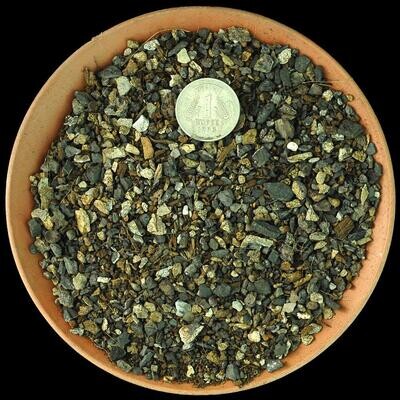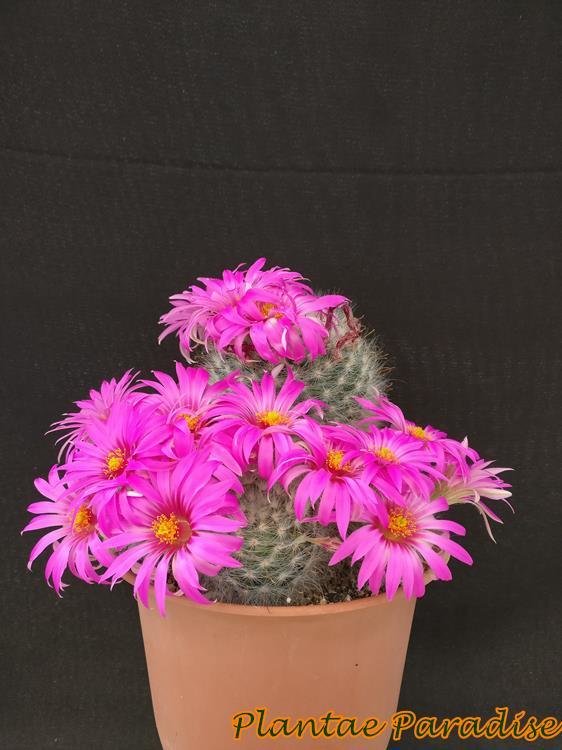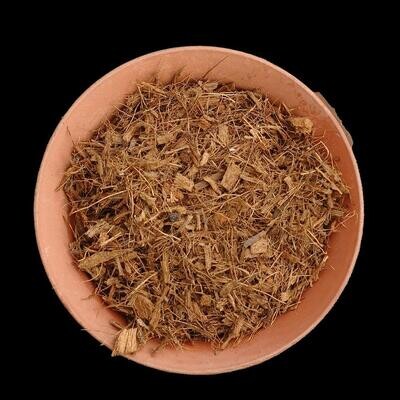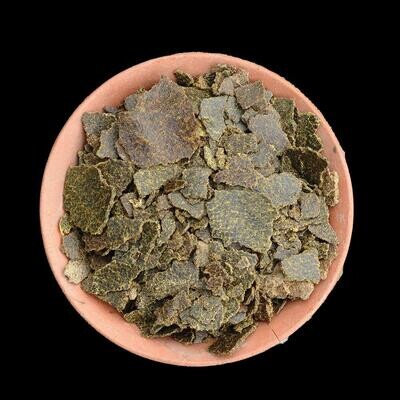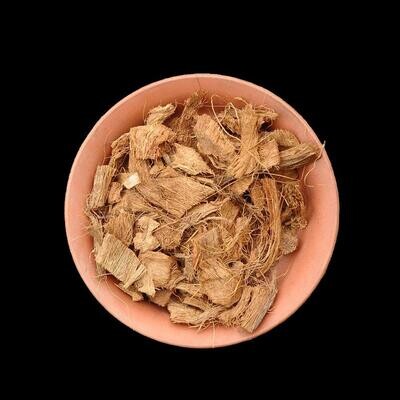Please check the Shipping Updates Page for information on shipping.
Mammillaria guelzowiana
The species epithet guelzowiana honors the German cactus collector Robert Gülzow of Berlín.
Origin of Name
The species epithet guelzowiana honors the German cactus collector Robert Gülzow of Berlín. The genus name "Mammillaria" comes from the Latin word "mammilla," meaning "nipple" or "teat," referring to the tubercles that are characteristic of these cacti, which resemble small nipples.
Technical Description of Plant
Mammillaria guelzowiana is renowned for its striking appearance and vibrant blooms. This species forms spherical to slightly elongated stems covered in dense spines. The stems can reach up to 8 inches in height and about 4 inches in diameter when mature. The radial spines are white to yellow, creating a beautiful contrast with the darker central spines. One of the most notable features of Mammillaria guelzowiana is its large, bright pink to purple flowers, which appear in a crown around the top of the cactus during the spring and summer months. The flowers are unusually large for the genus, making this species particularly desirable among collectors.
Origin of Plant
Mammillaria guelzowiana is native to the Mexican states of Durango and Zacatecas. It thrives in arid environments, growing in rocky areas or among gravelly soils where it can receive plenty of sunlight while avoiding excessive moisture around its roots.
Conservation Status
As of the latest assessments, Mammillaria guelzowiana is not listed as endangered on the IUCN Red List. However, like many cacti, it faces threats from habitat destruction and illegal collection. Sustainable cultivation in nurseries and by enthusiasts helps to mitigate these threats and ensures the survival of the species.
Care Instructions
Mammillaria guelzowiana requires bright, direct light to partial shade and thrives in well-draining cactus mix soil. Water moderately during the growing season, allowing the soil to dry out completely between waterings. Reduce watering significantly during the dormant winter months to prevent root rot. This species is cold-sensitive and should be protected from frost, making it suitable for cultivation in containers that can be moved indoors in colder climates. Fertilize sparingly with a cactus-specific fertilizer during the active growing season to support growth and flowering.
